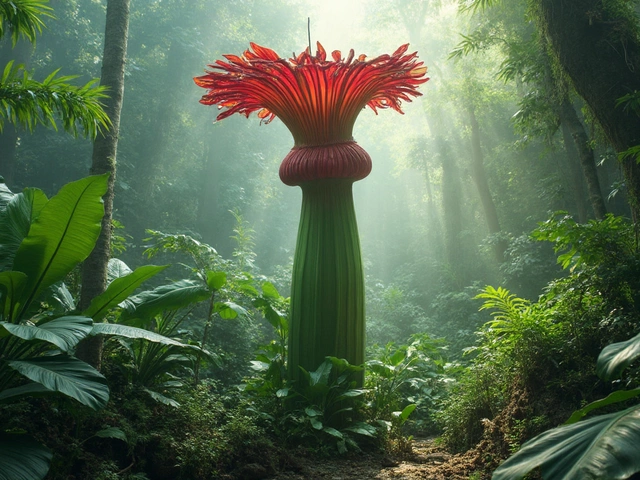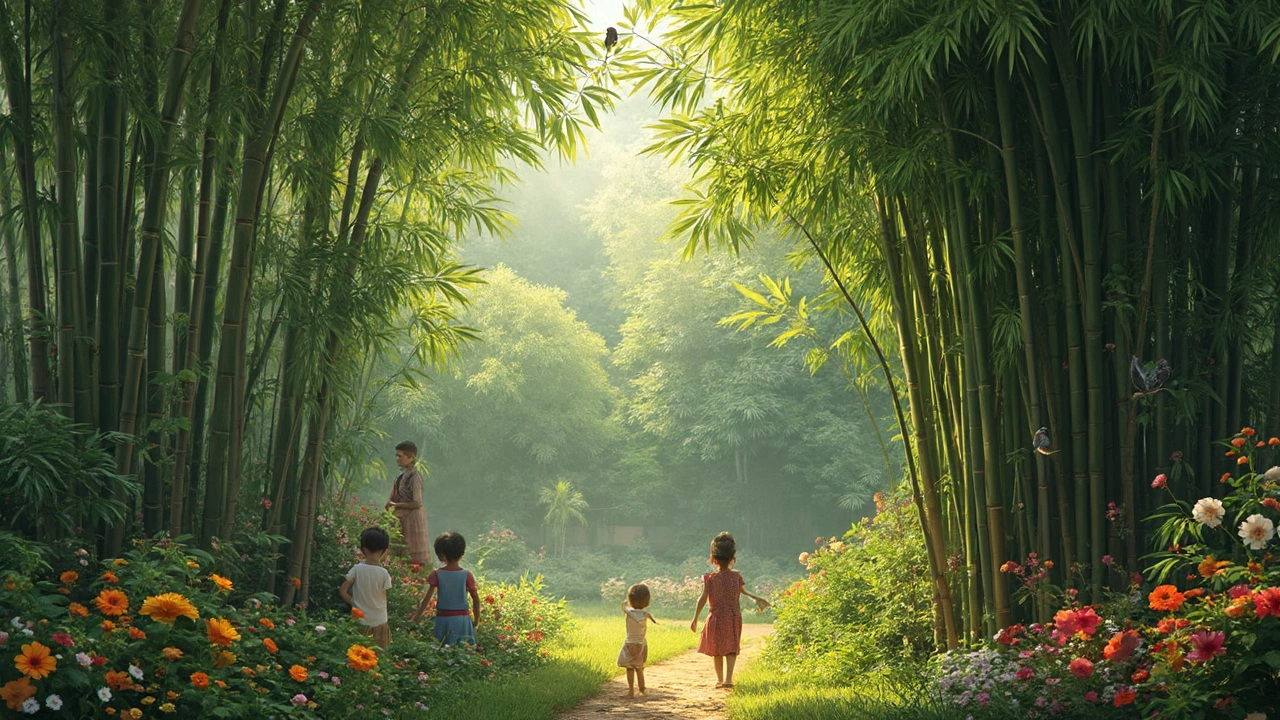Sustainable Gardening Ideas for Indian Gardens
Want a garden that looks good and does good? You can cut water use, boost soil health, and support local wildlife without spending a fortune. Below are practical ideas you can start today, no matter how big or small your space is.
Water‑Smart Practices
India’s climate varies, but most regions face water stress. Using drip irrigation is the easiest way to deliver water right where roots need it. Burying drip lines about 2‑3 inches deep protects them from sun and reduces evaporation. If a full drip system feels pricey, start with a simple soaker hose or a DIY drip tape made from old garden tubing.
Mulch is another free tool. Spread a 2‑3 inch layer of straw, dried leaves, or coconut coir around plants. Mulch locks moisture in, keeps weeds down, and adds organic matter as it breaks down.
Build Soil Health with Compost
Compost turns kitchen scraps and garden waste into a nutrient boost. Even a small balcony can host a worm bin or a basic pile in a corner. Add fruit peels, coffee grounds (skip for plants that dislike them), and garden clippings. Turn the pile every few weeks and you’ll have dark, crumbly compost in a month or two.
Mix compost into heavy soil to improve texture. A handful per square foot loosens compacted ground, making it easier for roots to breathe and water to drain.
Choosing native plants saves water and reduces maintenance. Species like neem, Indian gooseberry, or lantana thrive in local soils and need far less irrigation once established. They also attract pollinators and beneficial insects, which help keep pests in check.
If space is limited, try vertical gardening. Hang pocket planters on walls or use trellises for beans, peas, and herbs. This method maximizes growing area, improves air flow, and reduces soil‑borne diseases.
When you need to fertilize, go organic. Use well‑rotted farmyard manure, bone meal, or seaweed extract. These feed plants slowly and improve soil biology without the chemical runoff that harms nearby water bodies.
Finally, think about wildlife. Add a shallow bird bath, leave a corner a bit wild, or plant a small hedge of dhak (Butea monosperma). Small actions like these create a mini‑ecosystem that supports birds, bees, and butterflies, which in turn help your garden flourish.
Start with one or two ideas—maybe a drip line and a compost bin—then layer on more as you see results. Sustainable gardening isn’t about perfection; it’s about steady, smart choices that make your garden greener and healthier for years to come.
Most Sustainable Plant in the World: A Real Game-Changer for Your Garden
If you want to make your garden eco-friendly, picking the most sustainable plant matters a lot. This article takes a close look at bamboo, which outshines other plants when it comes to growth speed, carbon capture, and versatility. You'll get practical tips on how to add bamboo to your garden without headaches. Find out why bamboo could be the perfect fit for anyone aiming for more sustainable gardening.
About
Sustainable Gardening
Latest Posts
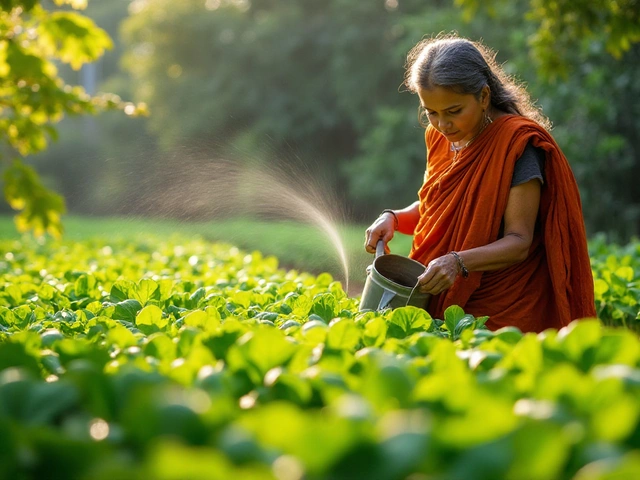
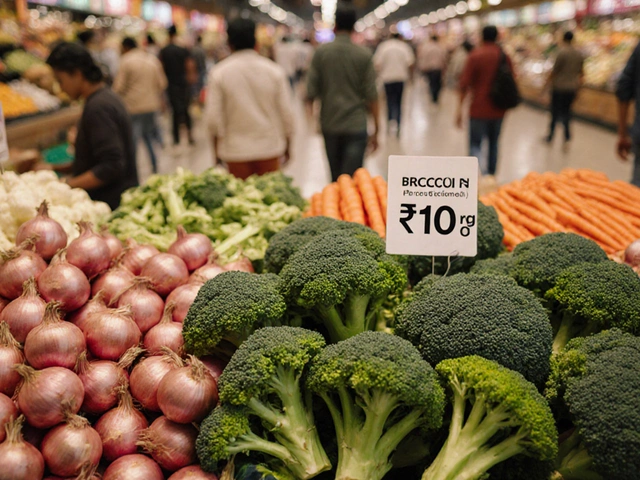
Why is broccoli so expensive in India? Causes and How to Lower the Cost
By Alden Thorne Oct 22, 2025
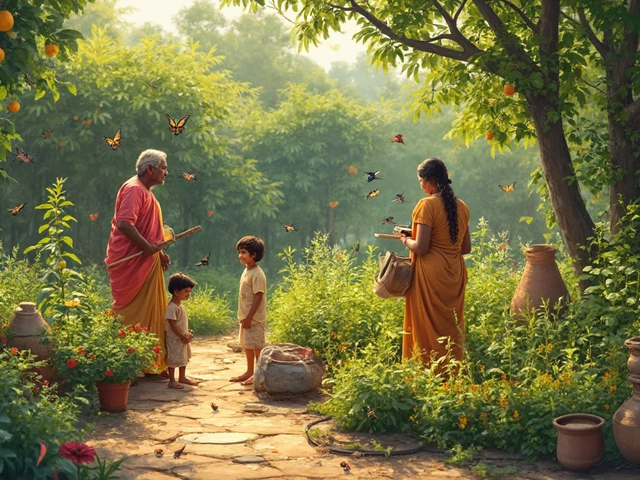
Permaculture Gardening: What It Means and How to Get Started
By Alden Thorne May 7, 2025
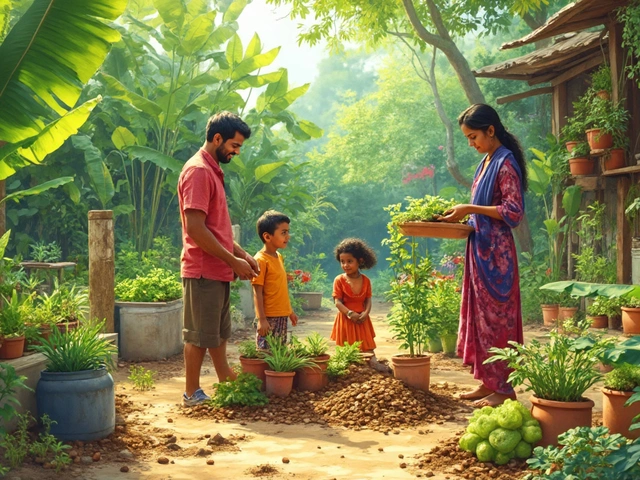
Sustainable Gardening: What’s Another Name for It?
By Alden Thorne May 18, 2025
